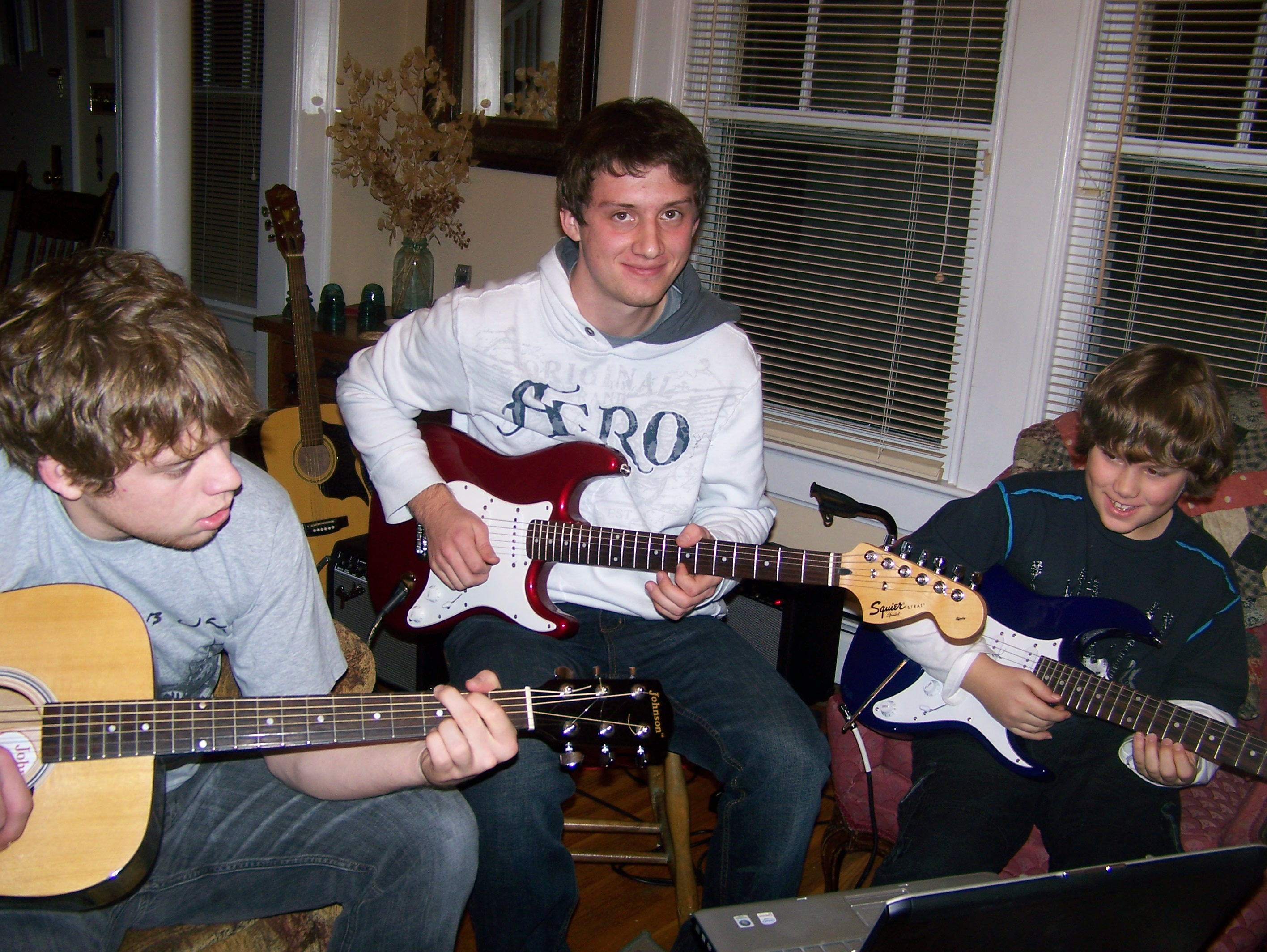What does the world look like when you travel home on a fall night after a day of packing up your Mom’s house after her death? Rick drove. I thought about how she loved this Virginia trip from Berryville to Stanardsville, through Front Royal, Flint Hill, Sperryville, Etlan, Madison, and Wolftown.
When Mom and I traveled that path together in the same car, she looked at Old Rag Mountain and recalled her hikes there – including decades ago, before hiking was a big thing, and there were no lines of people waiting to scramble around the next corner.
She told me about taking the bus to Flint Hill from Berryville as a young World War II – era high school science teacher. Her dad drove from the Culpeper area to pick her up for holidays. It always seemed odd to me that such a trip, so short by today’s standards, would be deemed long enough to require splitting into two legs.
Our passing through Flint Hill usually morphed into stories about gas rationing and boyfriends and various Mary Washington (then “College,” now “University”) professors she still loved although they were long gone – like the math teacher who could draw visually perfect circles on the blackboard, keeping his eye on the center point and imagining a consistent radius connecting it to the chalk he held.
We passed by Etlan’s general stores with stories of her college friend who lived in Etlan, and then all her other college friends, and then the miracle that she went to college at all – how her school had no eighth grade, and how she got her drivers license at 14 in order to drive to “the big high school” in Warrenton, after a year of tolerating being driven to high school by some neighbor boy her dad paid.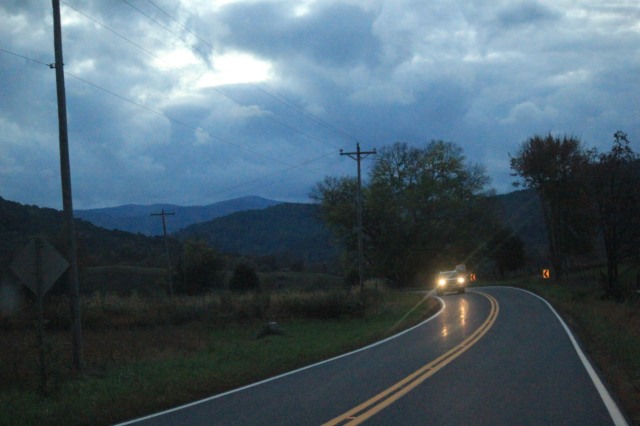
She talked to me about the TV show The Waltons, how it really did portray pretty well her family’s life in Jeffersonton, Virginia during the 1920’s and 1930’s. She had a wonderful mom and dad and three sisters she loved both as a child and throughout her whole life.
But she wasn’t a Pollyanna – she also talked to me about being stricken with a new consciousness as her life progressed – with an understanding of the tragedy of her beloved Virginia’s deep racial segregation during much of her life. Not long ago, we arrived at the conclusion that my own school class was the first integrated first grade class at Berryville Primary School. Another miracle, she said, was that my second grade teacher was African-American.
How she loved the rolling hills, farm ponds, redbud and dogwood trees, craggy mountains, general stores, and hawks of this drive. How she appreciated and taught us about the coming of electricity to these hills through the REA – the Rural Electrification Act.
It’s late for this post, and all out of context and order. My mom died August 5, 2014. (Obituary). She was sick and getting sicker for months before. My blog, which was saved in her “Favorites” on her own PC, languished in favor of real time with her, even as she admonished me to “keep writing, Jeanne.”
So in these pictures, many of her well-loved trees on this drive still have their leaves, and many have not yet changed color. I am shooting photos from inside Rick’s F150 truck with 250,000 miles (yes, you’ll see the dashboard sometimes; yes, I’m all over the place with exposure — sometimes letting the darkness of the night show and sometimes bumping the ISO so that later photos are brighter than earlier ones), pulling a U-Haul trailer with Mom’s desk, her photo albums, the pink china that came piece-by-piece from the Safeway store, enough for my sister and me to each have eight place settings.
In the U-Haul, the precious wooden table where she sat bird watching out her back windows, reading, writing letters, doing the crossword, knitting, visiting with friends, feeding her family, chatting with grandchildren and great grandchildren, keeping her calendar, making phone calls.
Now, on Thanksgiving Eve, my first Thanksgiving ever without her, I have to write this before I can clear my dining room table of the layers so I can welcome family to dinner. On top are dresser scarves and framed photos that have come from her home; underneath is my normal scattering of papers and unmatched socks, since I didn’t seem to inherit her sense of domestic orderliness.
Or, I tell myself, I didn’t have the opportunity to live in one home for nearly sixty years; that’s my excuse. One of my sons, who has found himself moved and moved and moved around the country as my husband and I have followed the economic benefit of, uh, employment, calls it “being grounded.” My mom, in the one beautiful home she made for all those years, was nothing if not grounded.
And yet, a simple two-hour drive from the Shenandoah Valley to the South River Valley of Virginia could make her mind take flight across years and eras and people she knew and loved – and cause her to ruminate on geography (the “fall line” of Virginia — which she learned about as she studied “the Tidewater, the Piedmont, and the Appalachia” on a sand table in her beloved two-room school house in Jeffersonton, Virginia in the 1930’s), history (from Native Americans to Civil War to Civil Rights), botany (the rare faint pink dogwood in the woods of her childhood and the trilliums of her more recent hikes), sociology (Jim Crow, two-income families, the importance of education), and good books.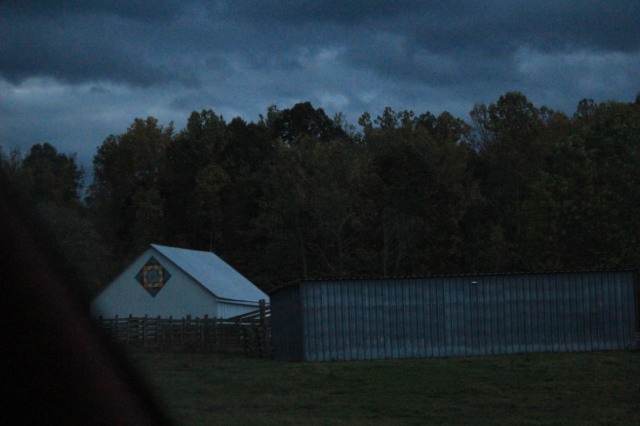
And always, always, the birds. As we drove, we might see a flock of geese or a Cooper’s hawk or a bluebird on a fence post. This might lead to a story of the time she overturned the canoe on the Shenandoah or encountered a bear on the Appalachian Trail – trips she pegged to sightings of scarlet tanagers and cedar waxwings. She was thrilled that sightings of bald eagles were becoming common place; I remember her fear of their extinction in the ‘70s.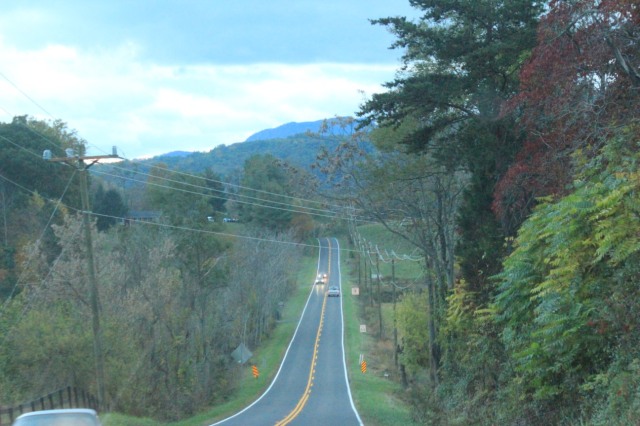
These trips to “clean out” Mom’s home were emotionally and physically exhausting, even if many times, her notes to us rose to direct us. “These papers probably are not needed; throw away,” she wrote on an envelope found in a closet shelf. “This was the box my daddy kept his collars in, when men wore them separate from their shirts,” she had tucked inside a small wooden box with an unusual glass top.
We packed boxes, loaded furniture, hit the road from Berryville to Stanardsville.
It was getting dark, but as we drove that familiar route, I remembered her sense of awe, her memories, her stories, her Virginia.
And lingering in my mind was the solo our friend John Hudson sang at Mom’s memorial service.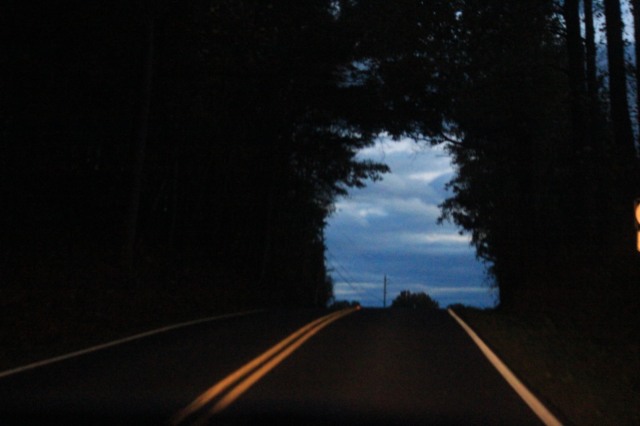
“Oh Shenandoah, I long to see you.” And the second verse. “Oh Shenandoah, I love your daughter. Away you rolling river. Oh Shenandoah, I long to hear you. Away, I’m bound away, cross the wide Missouri.”




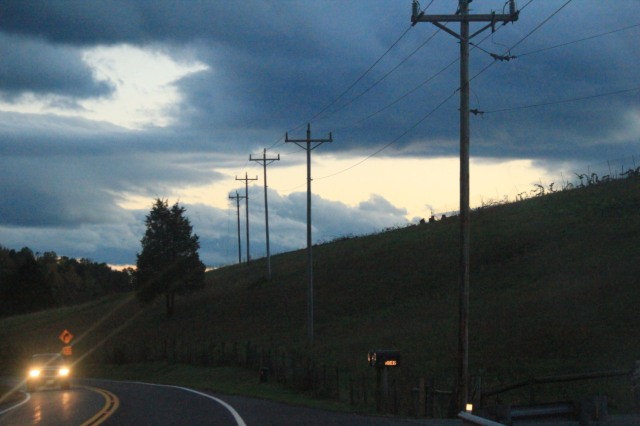

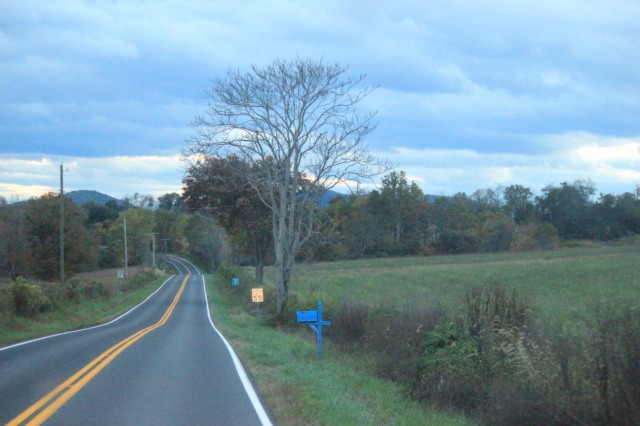
 VaHomeschoolers will hold its
VaHomeschoolers will hold its 






